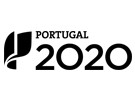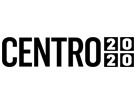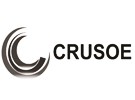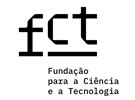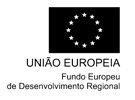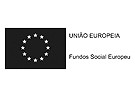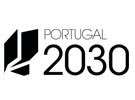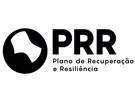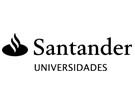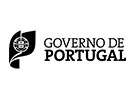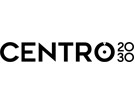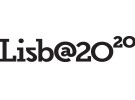



Publication in the Diário da República: Despacho nº 10764/2011 - 30/08/2011
4.5 ECTS; 2º Ano, 2º Semestre, 22,50 T + 30,0 PL , Cód. 918419.
Lecturer
- Maria Teresa da Luz Silveira (1)
(1) Docente Responsável
(2) Docente que lecciona
Prerequisites
Not applicable.
Objectives
Students should be able to identify the instrumental methods involving absorption, dispersion and emission of energy, as well as use them in quantitative analysis. They should be able to apply solvent extraction and chromatography techniques.
Program
1 ? Vis and UV spectrophotometry
2 ? Turbidimetry and nephelometry
3 ? Emission flame photometry
4 ? Atomic absorption spectrometry
5 ? Solvent extraction
6 - Chromatography: classification analysis by chromatography; methods and chromatographic techniques.
Evaluation Methodology
Continuous assessment
A pass in the practical component (P)is subject to the submission of all practical assignments, attendance (A, corresponding to 15%), submission of a mini-report covering experimental results and calculations of each practical assignment (B, corresponding to 15%) and completion of three written mini-tests (C, corresponding to 70%) on the laboratory assignments (C1-10v, C2-5v, C3-5v). C=C1+C2+C3.
The grade of the practical component will be: P=A+B+C
Practical assessment is only valid in the academic year in which it is performed.
Students who failed the module may be exempt from laboratory coursework but must take three written short tests on the practical works. In this case, it is the mark obtained in these short tests that corresponds to the practical component (P) of the final mark of the module.
The theoretical component (T) has a minimum grade of 9.5 and is assessed by three written short tests (D1-6v, D2-6v, D3-8v).T=D1+D2+D3
Bibliography
- Crouch, S. e Holler, F. e Skoog, A. (2006). Principles of Instrumental Analysis. New York: Brooks/Cole
- Gonçalves, M. (2001). Métodos Instrumentais de Análise de Soluções. Análise Quantitativa. Lisboa: Fundação Calouste Gulbenkian
- Rouessac, A. e Rouessac, F. (2007). Chemical Analysis: Modern Instrumentation Methods and Techniques. New York: Wiley
Teaching Method
Lectures covering the module content, theoretical-practical classes and laboratory sessions.
Software used in class
